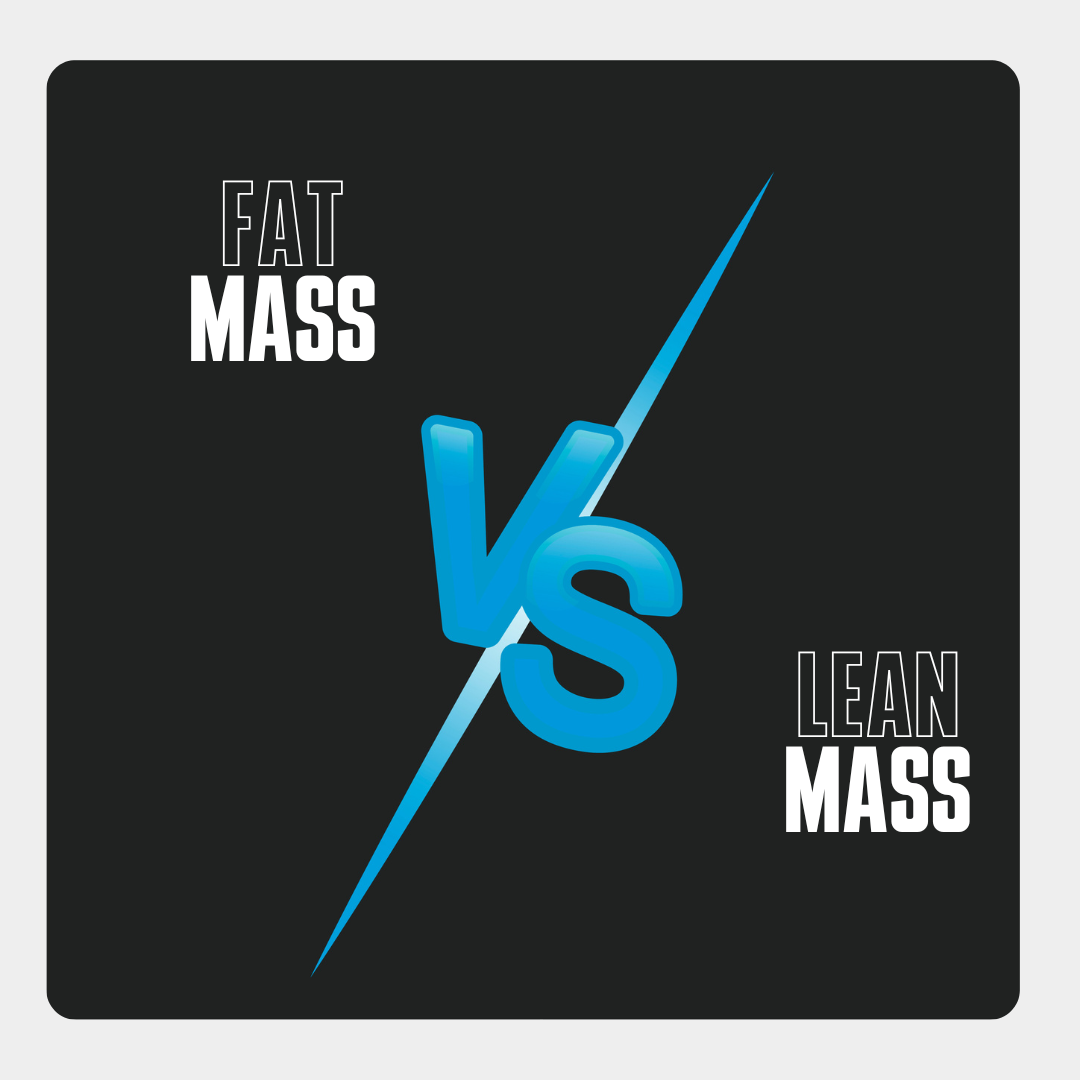When it comes to health and ageing, weight alone doesn’t tell the full story. What truly matters is body composition—specifically, the proportion of fat mass to lean mass (muscle, bone, and organs). Emerging evidence highlights that maintaining higher lean mass and lower fat mass is more predictive of longevity than body weight or BMI alone.
This distinction is particularly relevant in an era where ageing populations and lifestyle-related diseases are on the rise. Tools like dual-energy X-ray absorptiometry (DEXA) now allow for precise analysis of body composition, providing critical insights into long-term health risks and mortality.
Understanding Lean Mass and Fat Mass
Lean mass refers to muscle, bone, and organs, while fat mass includes both essential and non-essential body fat. While a certain amount of fat is necessary for hormone production and cell health, excess fat—particularly visceral adiposity—is strongly associated with cardiovascular disease, type 2 diabetes, and all-cause mortality (Kuk et al., 2009).
Conversely, skeletal muscle mass is protective. It supports metabolism, mobility, insulin sensitivity, and even cognitive function. As we age, we naturally lose muscle in a process called sarcopenia, which is linked with frailty, falls, and increased mortality risk (Cruz-Jentoft et al., 2019). Thus, preserving lean mass while reducing excess fat becomes essential for healthy ageing.
Body Composition and Mortality Risk
A recent 2022 study by Lee et al. examined over 16,000 adults and found that individuals with higher lean mass and lower fat mass had the lowest all-cause mortality risk, regardless of their BMI classification. In contrast, those with low muscle mass—even if their weight appeared normal—were at significantly higher risk of death (Lee et al., 2022).
This supports earlier findings from Srikanthan and Karlamangla (2014), who showed that lean mass index (measured using DEXA) was independently associated with lower mortality in older adults. These results highlight the limitations of BMI and suggest that body composition, not weight, should be the focus of preventive health strategies.
The Role of DEXA in Tracking Health
DEXA (Dual-Energy X-ray Absorptiometry) has become the gold standard for assessing body composition. It provides a detailed breakdown of fat mass, lean tissue, and bone density across specific regions of the body. Unlike scales or BMI charts, DEXA can differentiate between visceral and subcutaneous fat, as well as appendicular lean mass, which is a key marker of functional strength and mobility (Bazzocchi et al., 2020).
This level of detail is critical. A person may appear slim but still carry dangerous amounts of visceral fat around their organs—a condition known as TOFI (thin outside, fat inside). DEXA scans help uncover these hidden risk factors, making them a valuable tool for both clinical and personal health assessments.
Fat Distribution Matters
Not all fat is equal. Subcutaneous fat, which sits under the skin, is less metabolically active and less harmful than visceral fat, which wraps around internal organs. Visceral adiposity has been strongly linked to insulin resistance, chronic inflammation, and atherosclerosis, all of which increase mortality risk (Després, 2012).
DEXA can accurately quantify visceral fat levels, providing a clear picture of internal health risks. Individuals with normal BMI but high visceral fat often fall into the category of “metabolically obese normal weight,” and may benefit from early intervention.
Building Lean Mass for Longevity
To reduce mortality risk, it’s not just about losing fat—building or preserving lean mass is equally, if not more, important. Resistance training and adequate protein intake are key strategies. A 2021 meta-analysis by Beaudart et al. concluded that combining strength training with sufficient protein (1.2–1.6 g/kg/day) significantly increased muscle mass and strength, particularly in older adults.
In parallel, reducing excess fat mass through moderate caloric restriction and regular aerobic activity can help improve metabolic health. Importantly, any weight loss program should prioritise preservation of lean mass, which is where DEXA can monitor changes over time, ensuring muscle isn’t lost during fat reduction efforts.
Clinical and Lifestyle Applications
The implications of this research are wide-reaching:
- Clinicians should use DEXA to assess patients’ body composition, not just BMI, to identify hidden risks such as sarcopenic obesity or visceral fat accumulation.
- Individuals should focus on maintaining or building muscle through resistance training, prioritising nutrient-dense foods and sufficient protein intake.
- Public health campaigns might benefit from shifting the conversation away from weight loss toward body composition optimisation for healthy ageing.
Final Thoughts
The relationship between fat mass, lean mass, and longevity is complex—but increasingly clear. Low muscle mass, even in the absence of obesity, is a strong predictor of early mortality. At the same time, excess visceral fat remains a potent risk factor for chronic disease.
Rather than obsessing over weight alone, a more meaningful approach involves improving body composition—reducing fat mass where appropriate and building lean muscle through resistance training, protein-rich diets, and lifestyle adjustments.
DEXA scanning offers a precise and practical way to monitor these changes, helping individuals and clinicians make data-driven decisions for better health and longer life.
References
Bazzocchi, A., Ponti, F., Diano, D., Sassi, C., Albisinni, U., & Battista, G. (2020). Health and ageing: A cross-sectional study of body composition. European Radiology, 30(5), 2859–2868. https://doi.org/10.1007/s00330-019-06501-4
Cruz-Jentoft, A. J., Bahat, G., Bauer, J., Boirie, Y., Bruyère, O., Cederholm, T., … & Schols, J. M. G. A. (2019). Sarcopenia: Revised European consensus on definition and diagnosis. Age and Ageing, 48(1), 16–31. https://doi.org/10.1093/ageing/afy169
Després, J. P. (2012). Body fat distribution and risk of cardiovascular disease: An update. Circulation, 126(10), 1301–1313. https://doi.org/10.1161/CIRCULATIONAHA.111.067264
Lee, D. H., Keum, N., Hu, F. B., Orav, E. J., Rimm, E. B., Willett, W. C., … & Giovannucci, E. L. (2022). Lean body mass and mortality: A prospective cohort study. The American Journal of Clinical Nutrition, 116(1), 247–255. https://doi.org/10.1093/ajcn/nqac080
Srikanthan, P., & Karlamangla, A. S. (2014). Muscle mass index as a predictor of longevity in older adults. The American Journal of Medicine, 127(6), 547–553. https://doi.org/10.1016/j.amjmed.2014.02.007
Beaudart, C., Buckinx, F., Rabenda, V., Gillain, S., Cavalier, E., Slomian, J., … & Reginster, J. Y. (2021). The effects of nutrition and exercise on muscle mass and strength in older adults: A systematic review of meta-analyses. Nutrition, 83, 111009. https://doi.org/10.1016/j.nut.2020.111009


